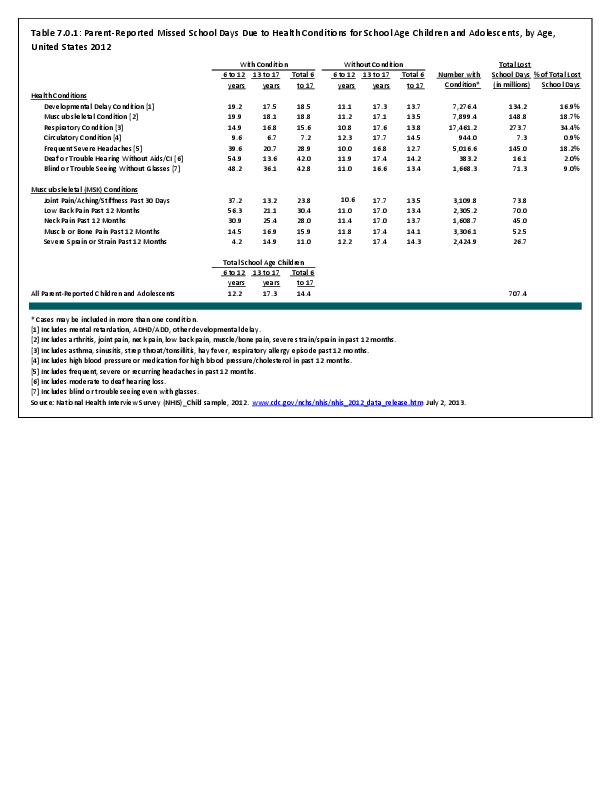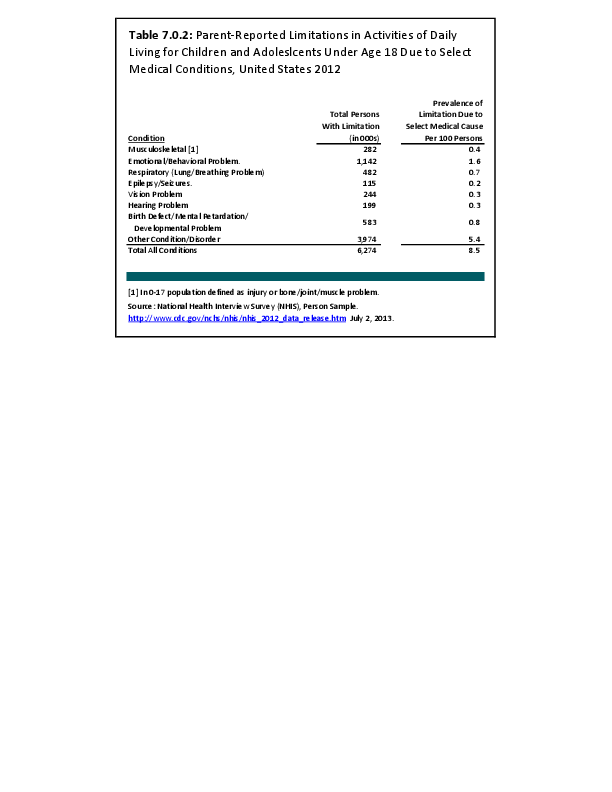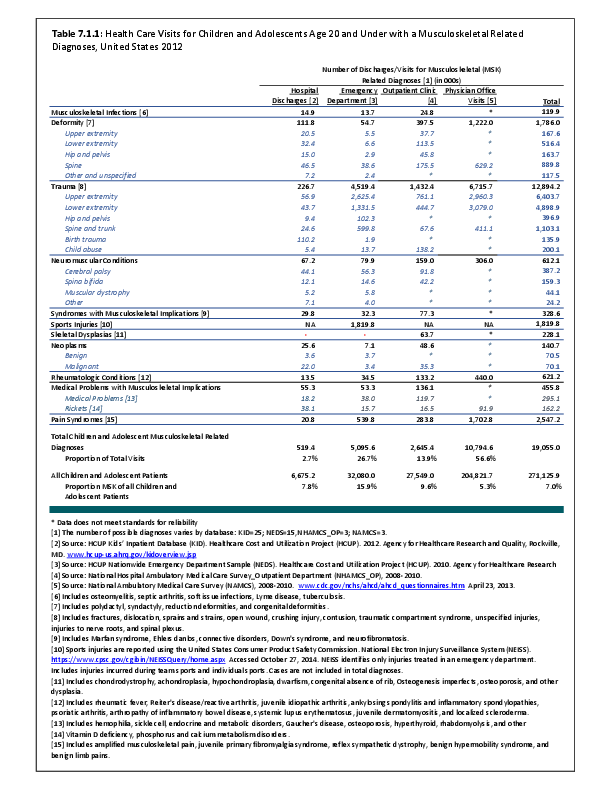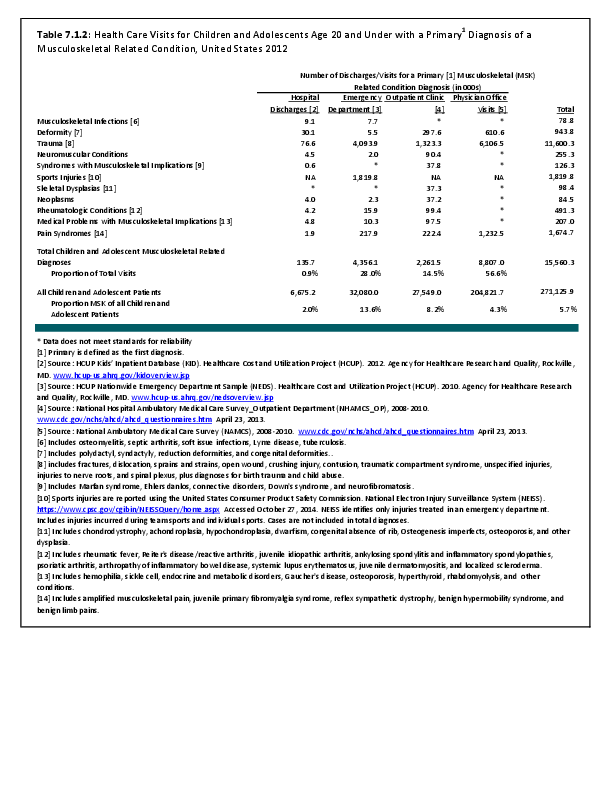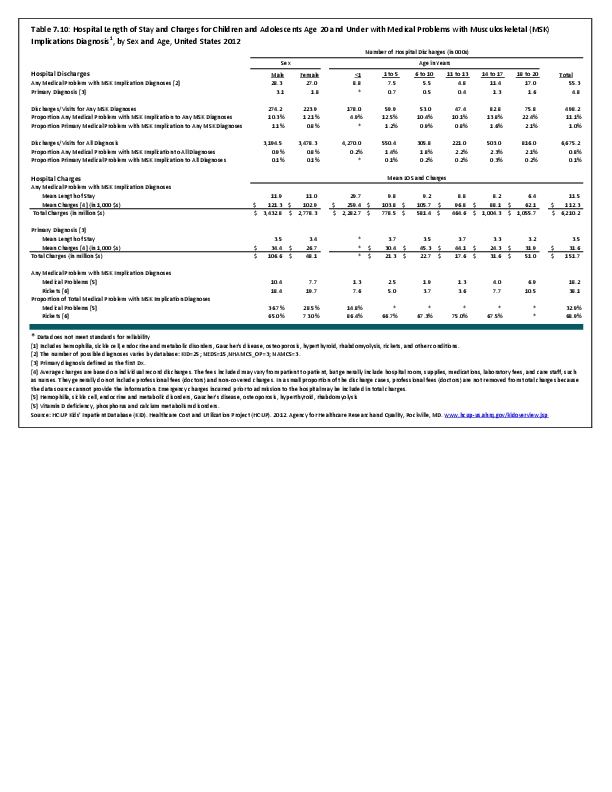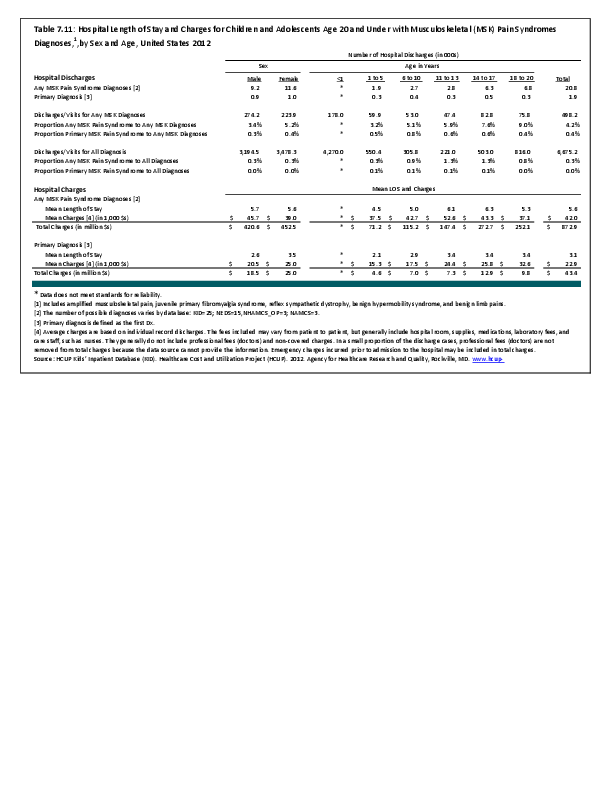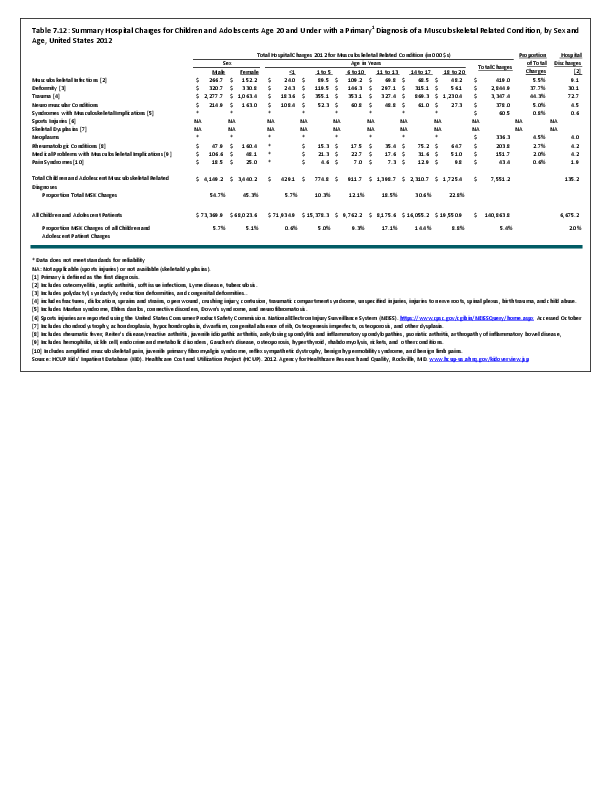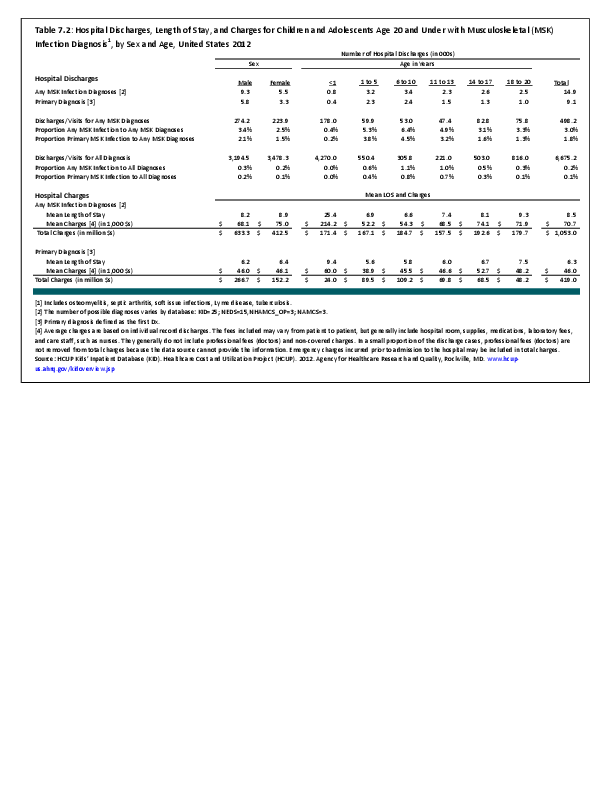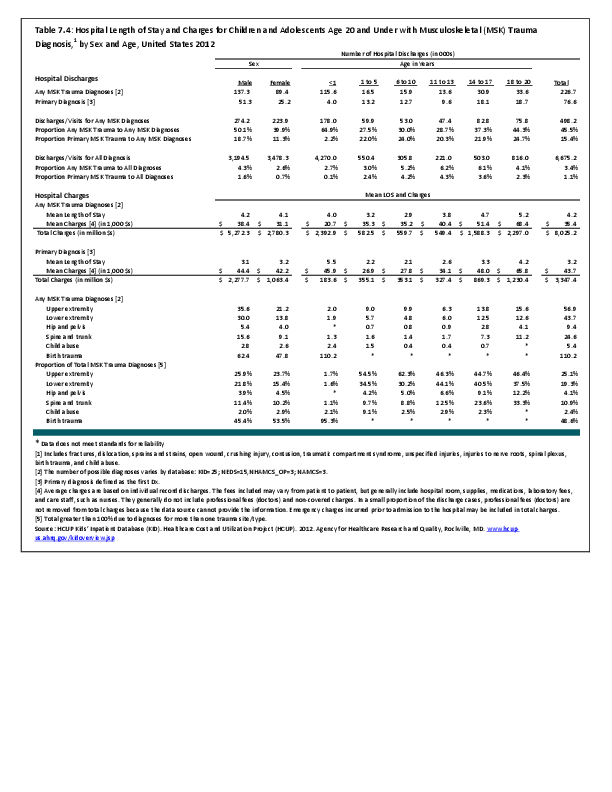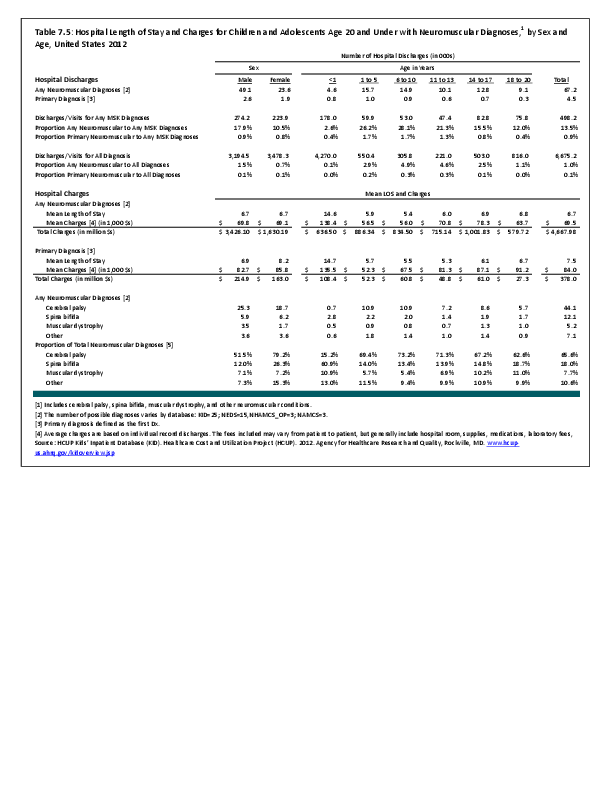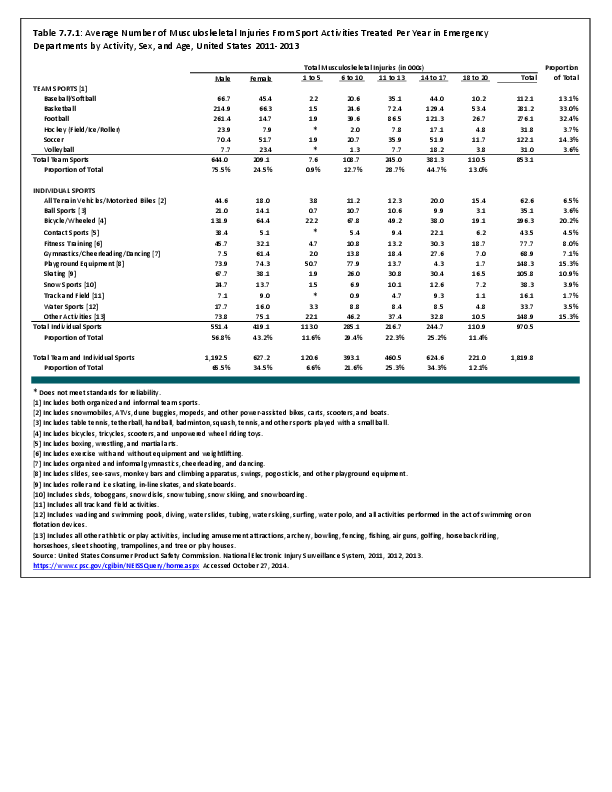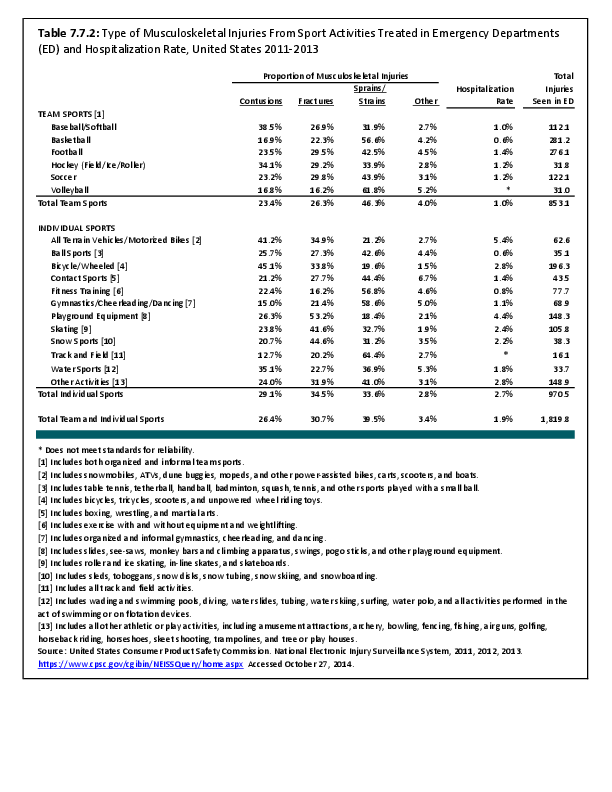Conditions commonly thought of as only affecting children, such as cerebral palsy, osteogenesis imperfecta, spina bifida, and juvenile inflammatory arthritis, are now being seen more than ever in adults thanks to the tremendous progress in care leading to longer life expectancy. Remarkably, some people with Duchenne’s muscular dystrophy are now surviving into early adulthood. Concomitant with this success has come a host of new issues concerning the transition of care to adulthood and the aging process.
Adults with these conditions are disproportionately affected by the aging process. Some issues, such as mobility challenges making it difficult to participate in fitness regimens to prevent secondary conditions associated with sedentary lifestyles (e.g. obesity, diabetes and heart disease), are clear. Other issues are less clear. Adults with aftereffects of childhood musculoskeletal disorders have more difficulty accessing preventative care. Even more subtle, are issues related to lack of providers skilled in treating adults with the sequela of childhood issues and psychosocial challenges.
The medical community needs to investigate whether the needs of patients are being met, and they are reaching full potential as productive adults. The margin of function which allows individuals to live independently is often very small. Early or more pronounced reduction in function associated with aging may make the difference in whether a care giver is required for activities of daily living or there is independent living.
Research into the Health Related Quality of Life, prevalence of disease, potential to avoid disease, availability of care including preventative care is required.
Edition:
- 2014

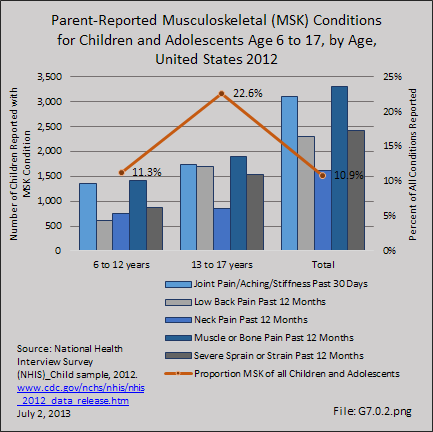
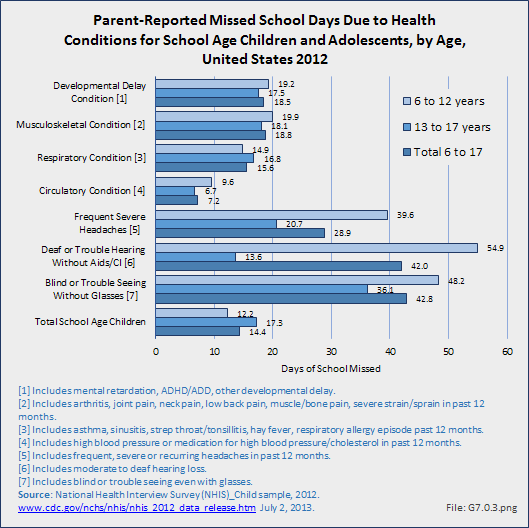
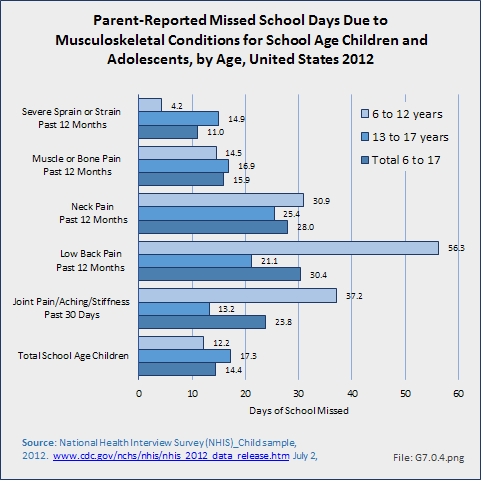

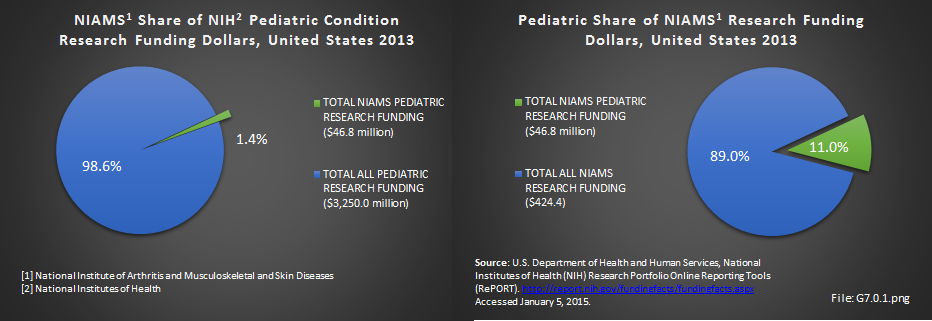
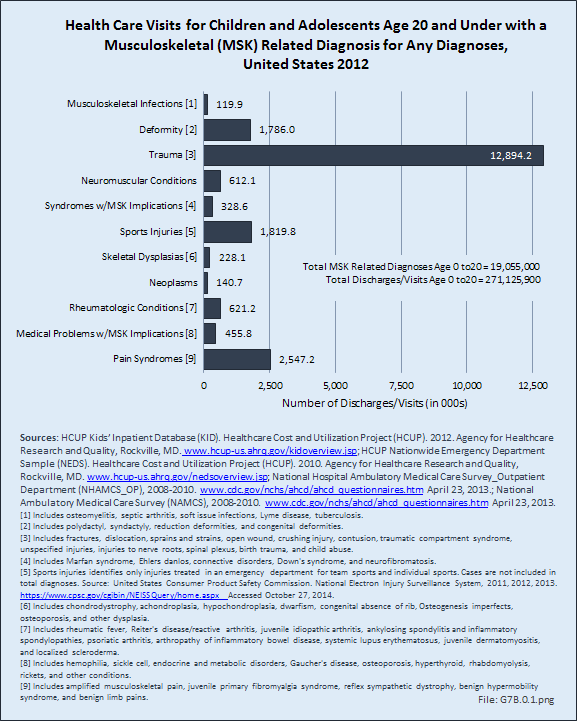


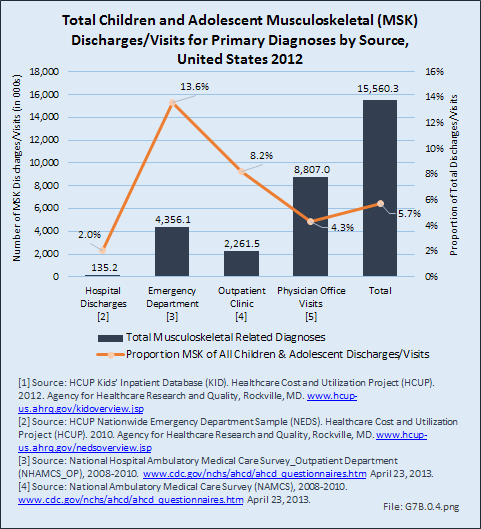
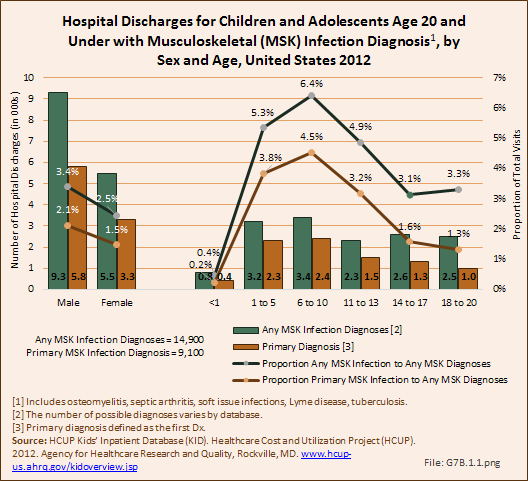
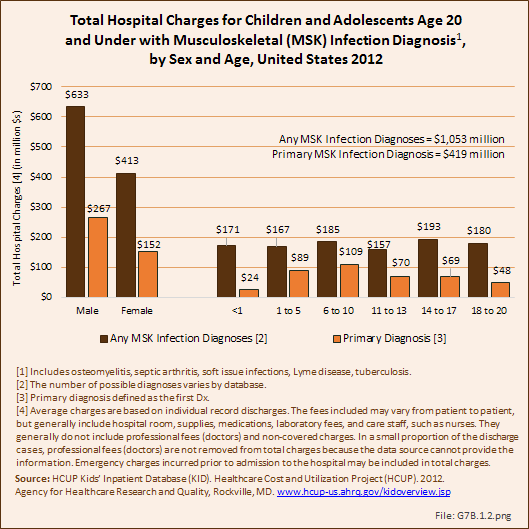
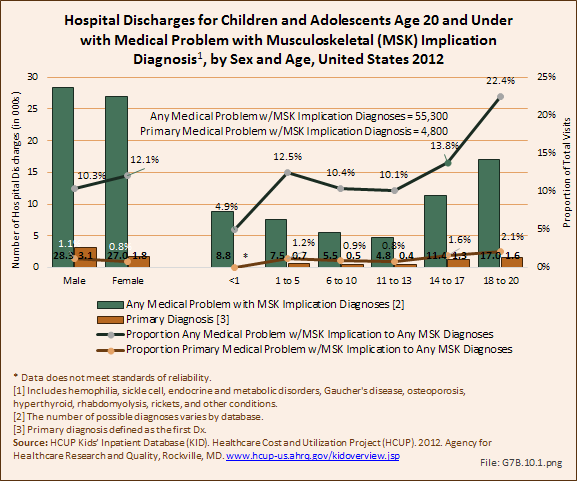



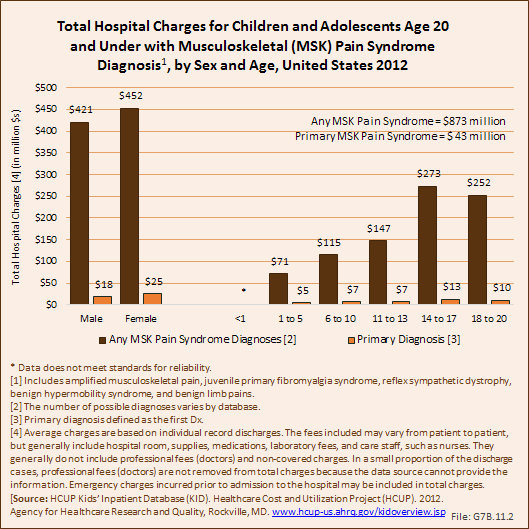

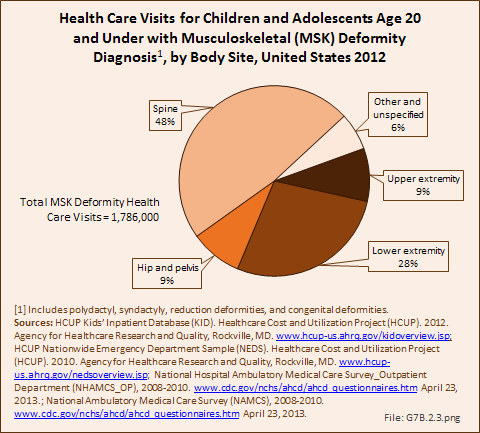
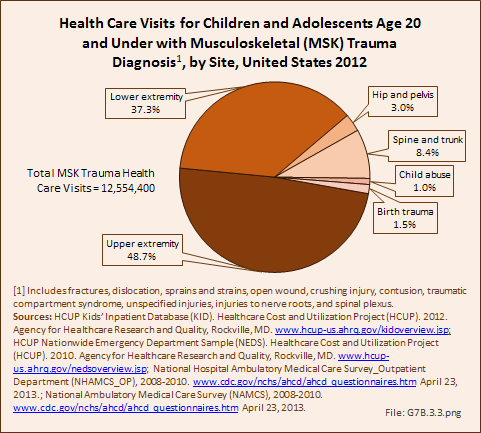
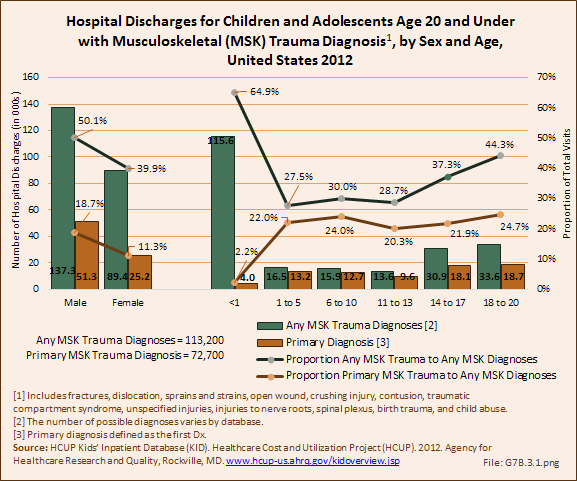

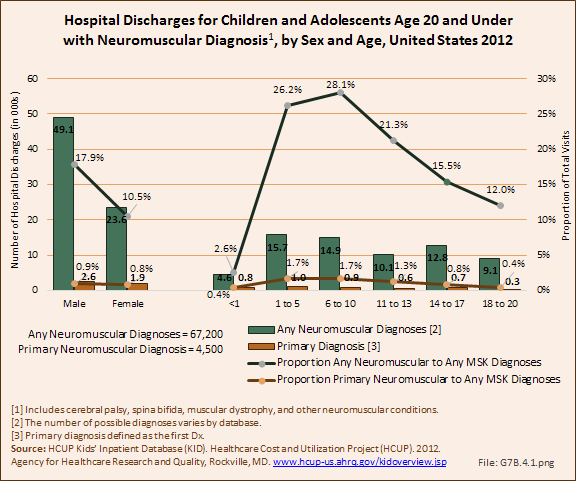
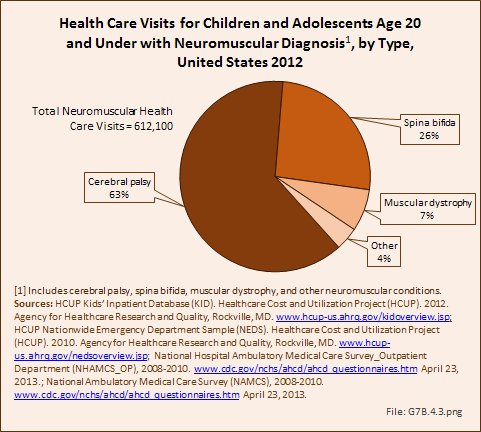

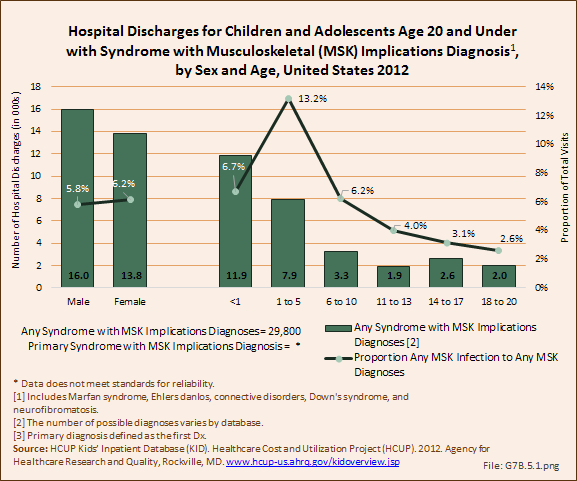
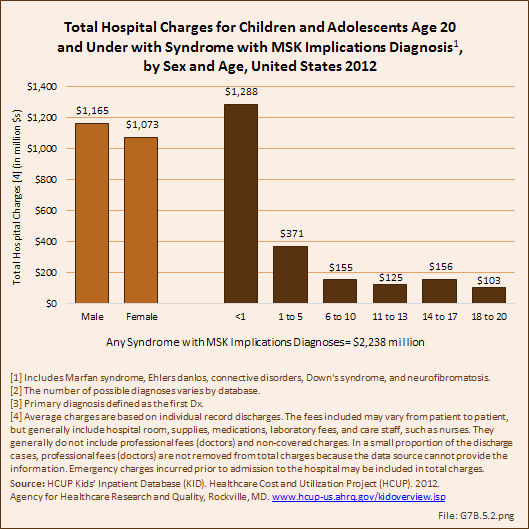
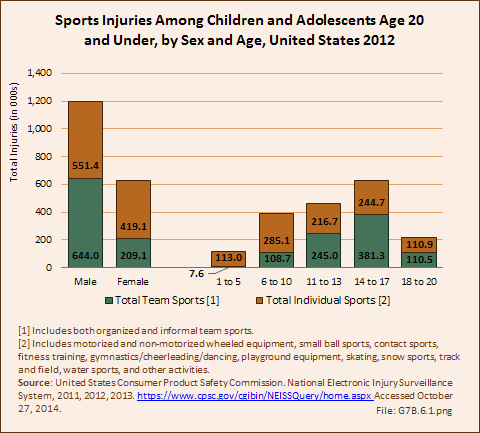
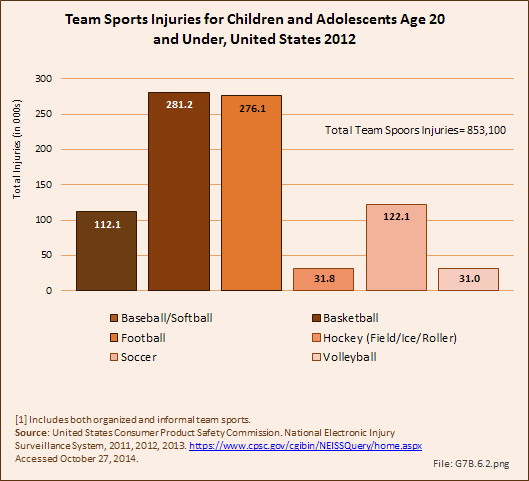
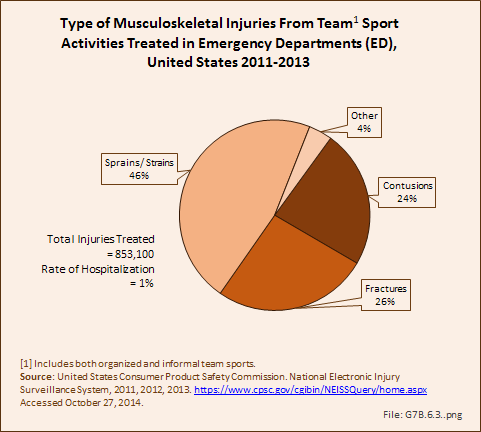

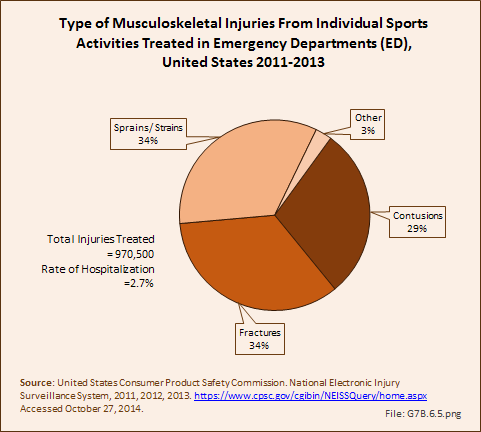

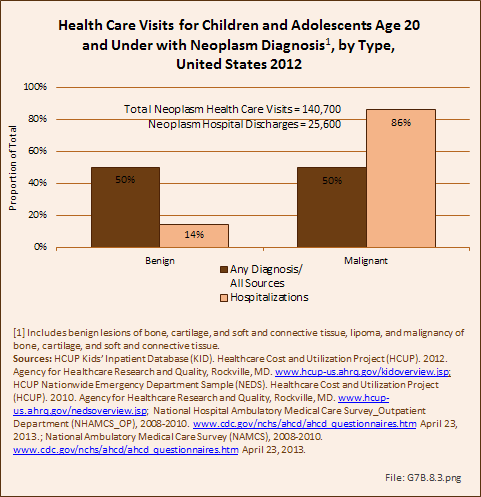
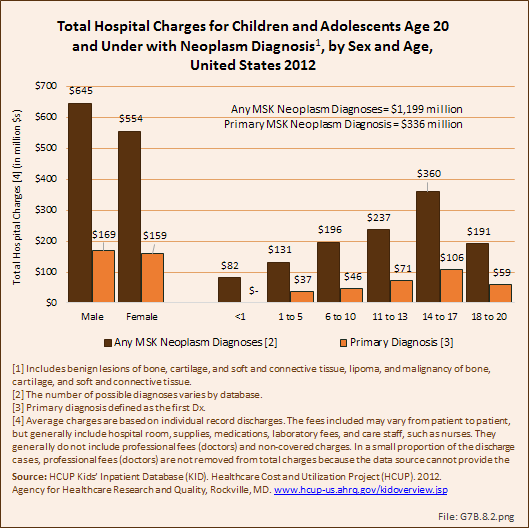
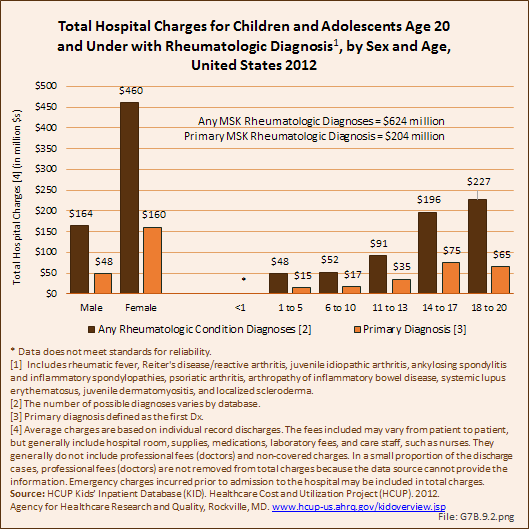
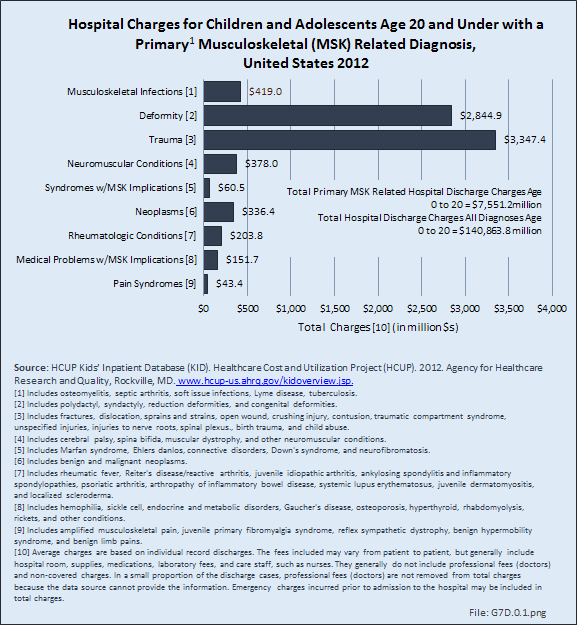
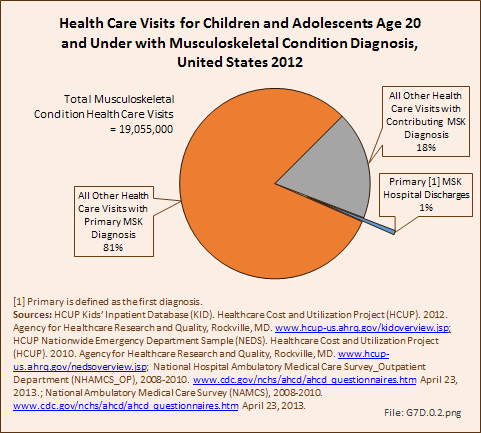
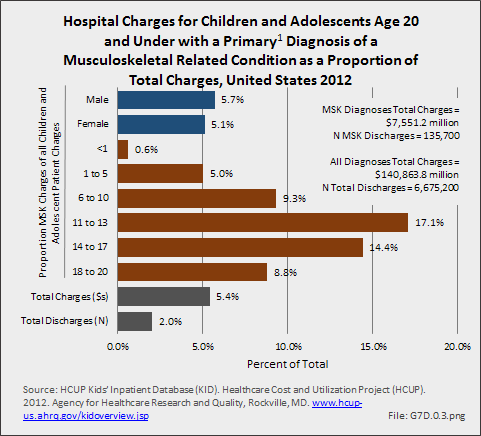
 Download as CSV
Download as CSV